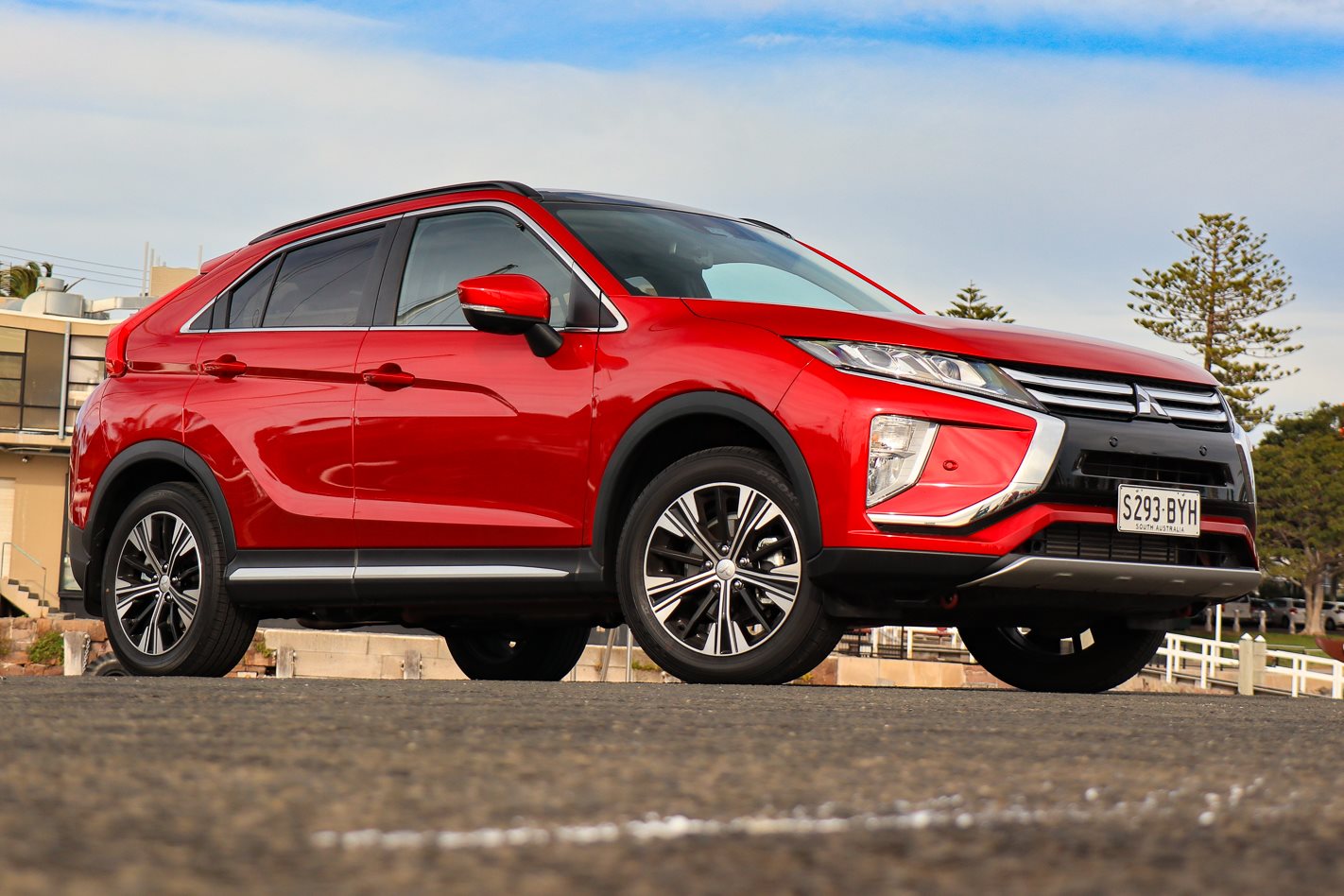
Introduction
If there’s one thing Mitsubishi loves, it’s a good concept reveal. It’s whipped the silver dropcloth off any number of design studies and future models over the last few years, most of them aimed at the SUV segment.
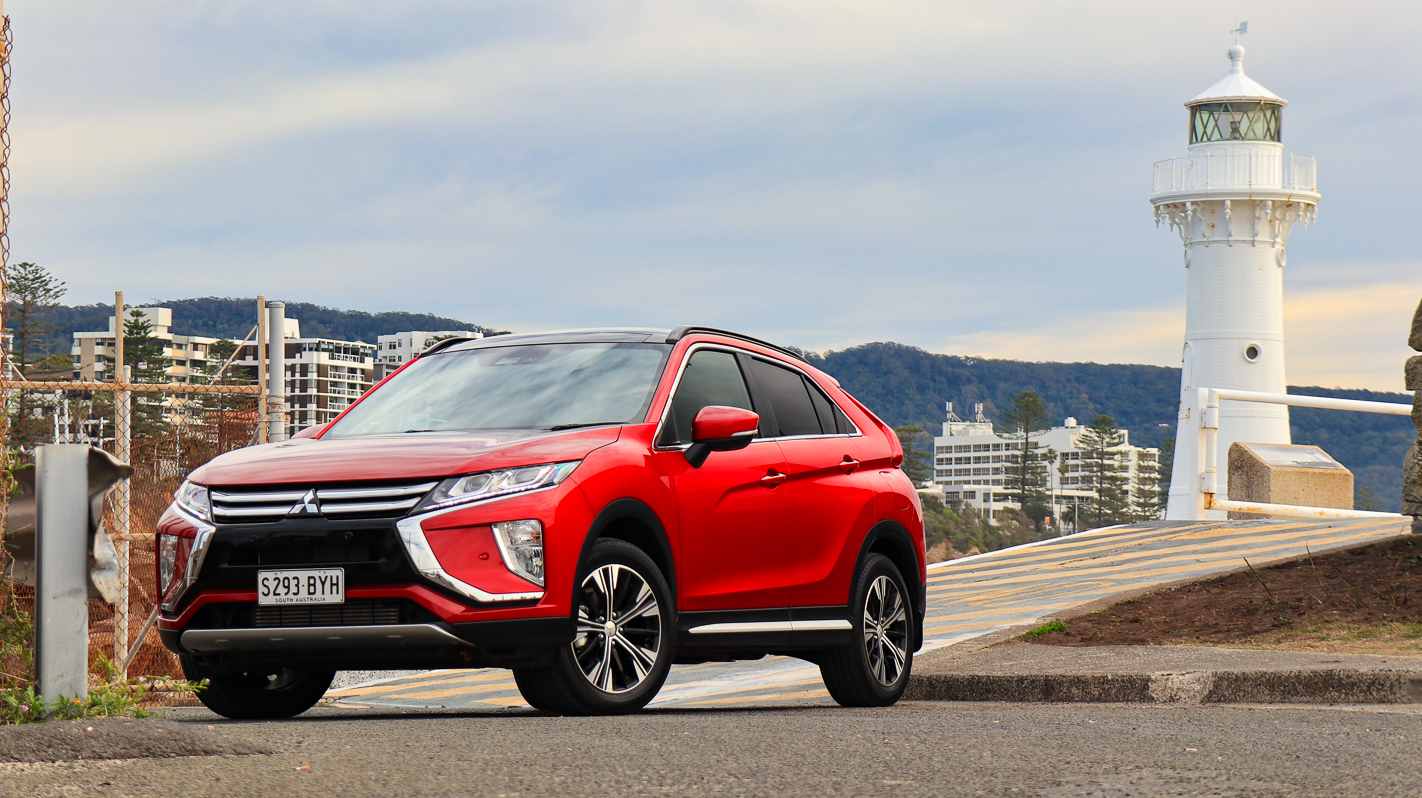
The five-seat, five-door Eclipse Cross SUV, launched in 2018, sits between the small ASX and the medium Outlander in Mitsubishi’s burgeoning SUV line-up – though ‘between’ is a pretty strong statement.
Both the Eclipse Cross and the ASX are, but for the same of a handful of millimetres, the same length and width, and offer almost identical interior space.
The differences between the two, then, come down to price and design, and the Eclipse Cross has more of both.
Style
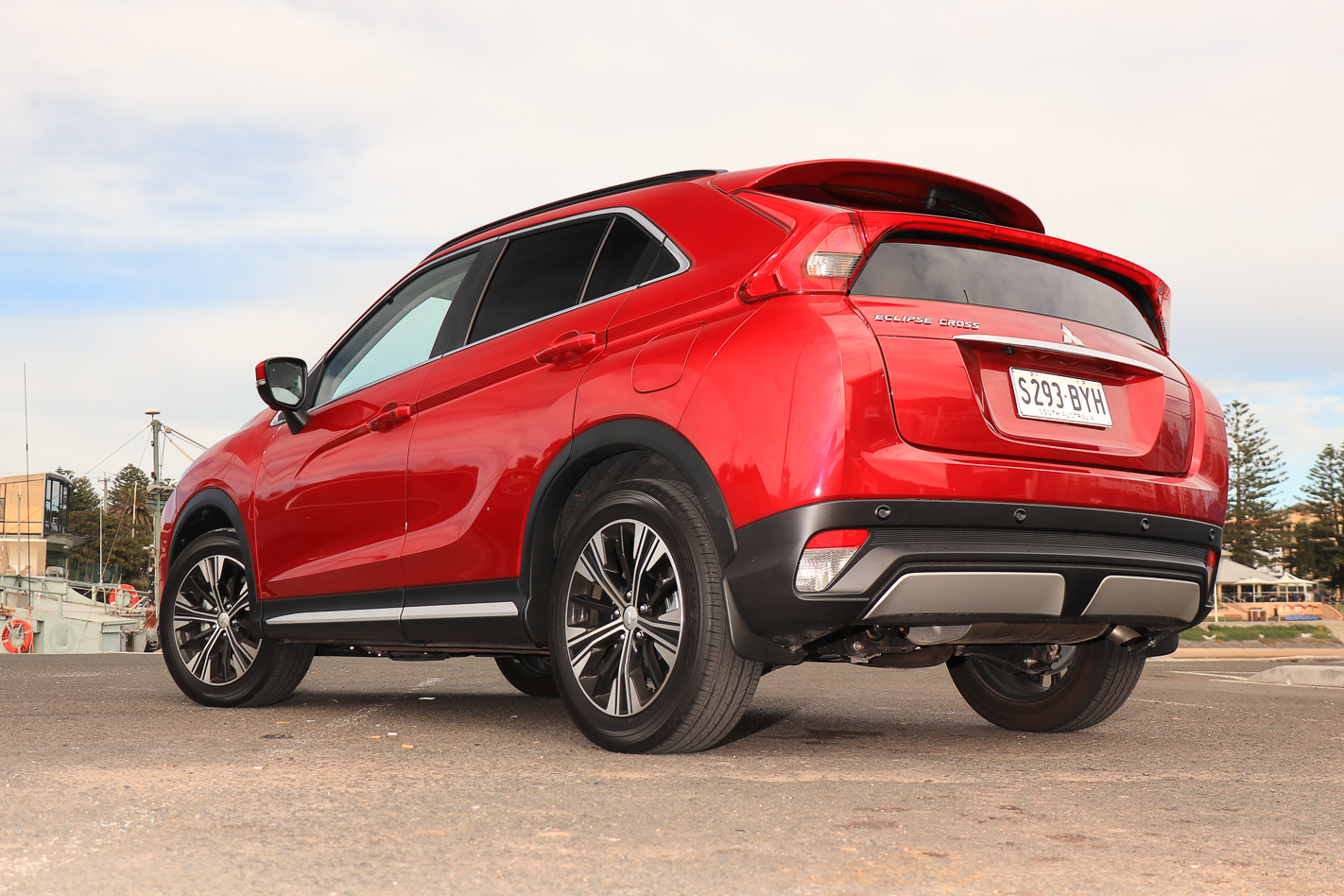
The Eclipse Cross moves away from the other, more utilitarian SUVs in the ageing Mitsubishi line-up thanks to a more detailed and sleek design approach.
The front grille and bumper are rendered in Mitsubishi’s more current design language that can be seen on the new Triton, for example, while the roofline drops off over the c-pillar to give it a four-door coupe silhouette.
The rear, though, is a bit more confusing and not as resolved. The main culprit is the split rear glass that’s intersected by a light bar that cuts straight across a driver’s rear view. A deep roof spoiler also reduces glass area and creates a perfect dust trap.
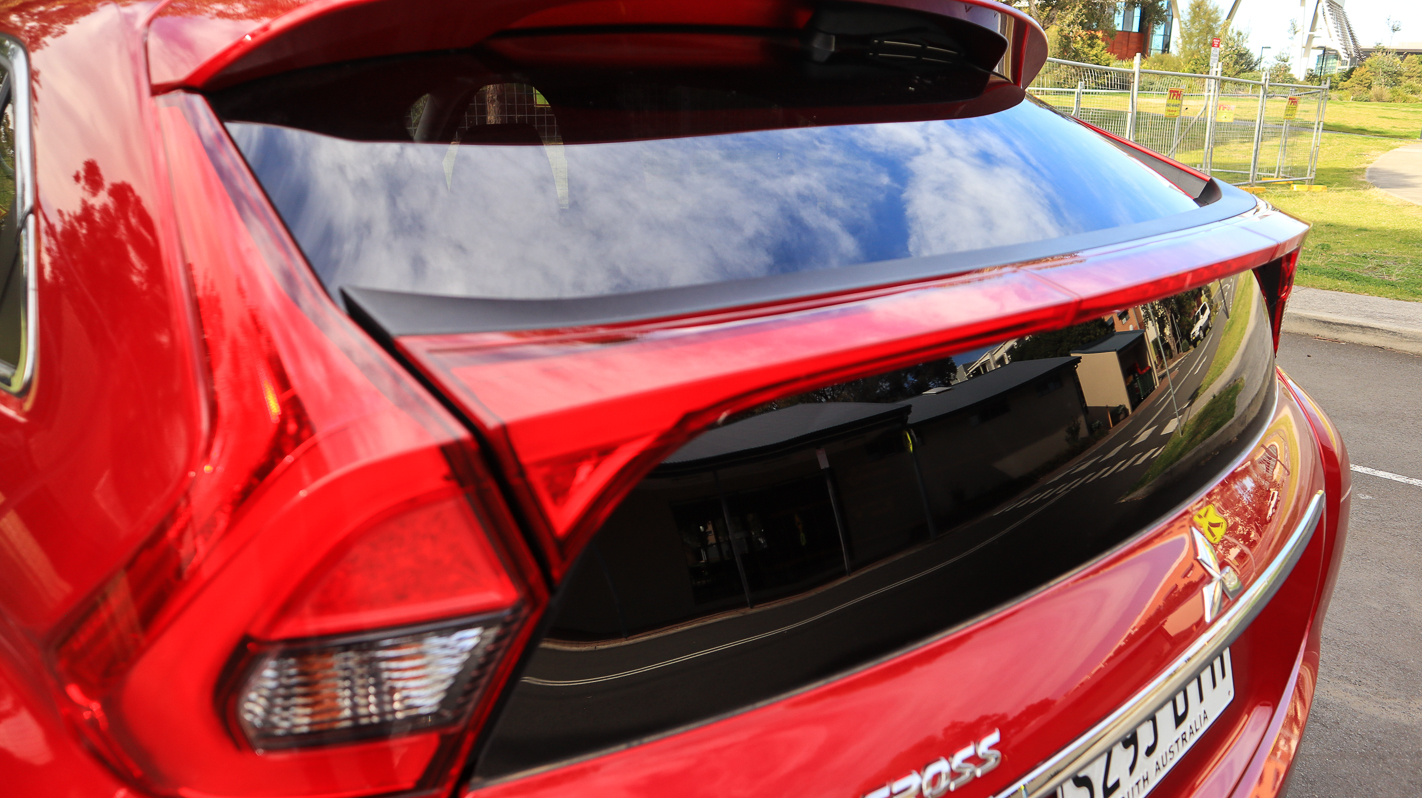
Inside, the Eclipse Cross steps it up, with a bold and contemporary sweep of silver sprouting from the centre console. Controls are well integrated and nicely laid out, and are a good mix between button and rotary dial.
The leather seats in our top-spec Exceed tester are bold, simple and comfortable, with contrasting stitching adding a bit of brightness to an otherwise sombre cabin.
Price and Features
The Eclipse Cross Exceed pings the cash register at $38,990 plus on-road costs in all-wheel-drive form which is, for the sake of interest, about $8000 more than the equivalent ASX. Drop back to the FWD version of the Eclipse Cross and it’s still a $6490 jump between the two.
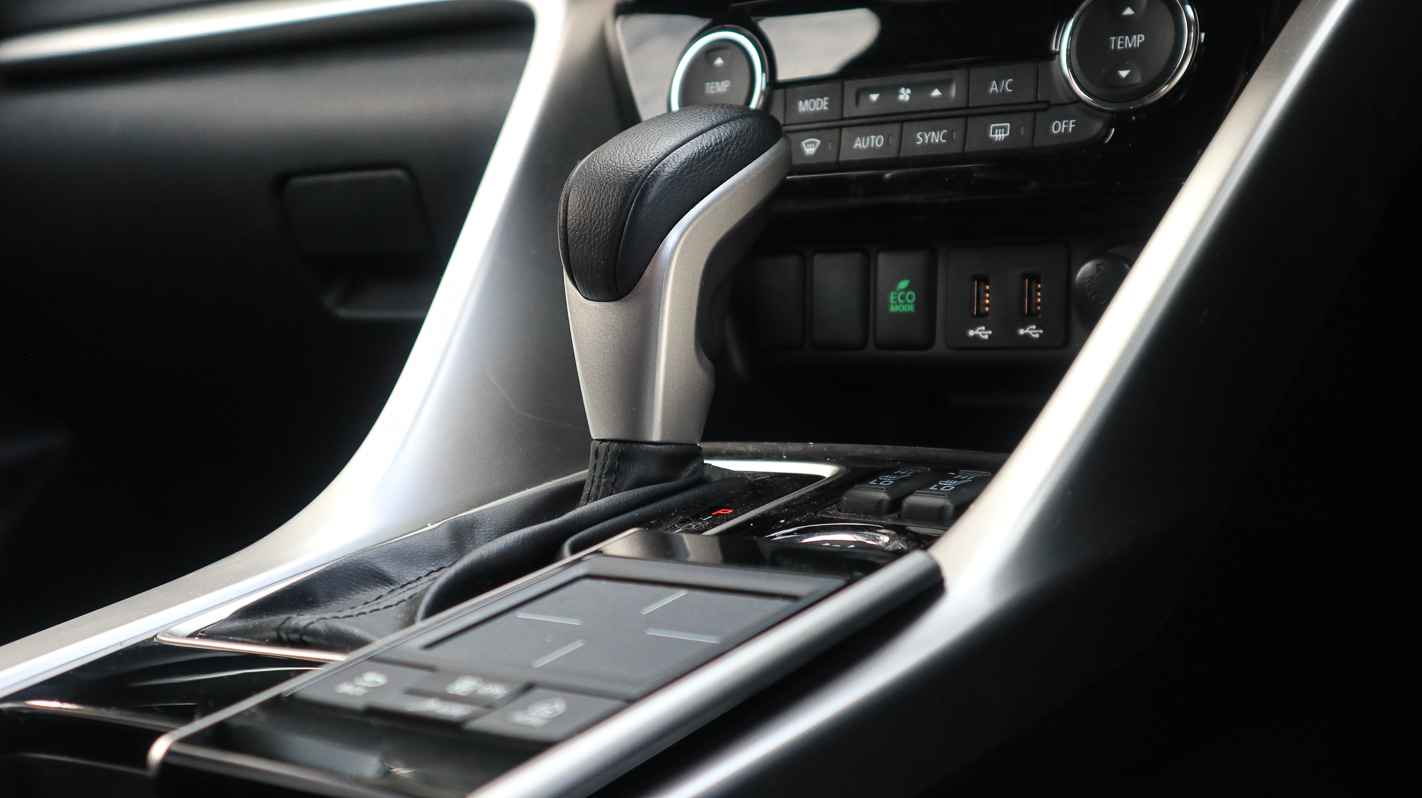
What makes the Eclipse Cross different to the ASX? As well as its looks, the ‘Cross also scores more kit as standard. A more sophisticated 1.5-litre four-cylinder turbocharged engine is mated to a CVT gearbox and a part-time AWD system, while the 18-inch alloy wheels bolt up to strut front and multilink rear suspension.
Up front, there are leather-accented seats with powered controls for the driver’s side, heating for both front seats, a small multimedia screen on the centre console with a small touchpad controller, switchable terrain modes and plenty of padding on things like the centre console bin lid and door cards.
Automatic lights and wipers, along with a sort-of keyless entry system (you have to push the button on the door handle) and start/stop button are also standard, along with a bright, clear heads-up display that gives the Eclipse Cross a digital speedo.

The multimedia system runs Apple CarPlay and Android Auto as well as digital radio, at the expense of onboard sat-nav.
Rear-seaters get reclining backrests and a sliding rail for more leg room, ISOFIX baby seat mounts, cupholders and bottle holders as well as a 12v charging point to share, but there are no rear vents, which is a surprise omission.
There’s a space-saver spare wheel in the boot, along with cargo tie-down hooks.
Natural enemies within the small SUV space include the category darling, the Mazda CX-3 in it $38,000 Akari LE form, as well as newer contenders like the Hyundai Kona Highlander at $39,000.
Size
Slotting into the small SUV category, the Eclipse Cross is designed to carry five people. Its sliding second row gives back seaters a few options to get comfortable depending on what’s being carried in the boot, while the front seats are decently proportioned and set reasonably low in the car.

The biggest issue with the interior space is the loss of rear headroom that comes from the factory-fitted dual-pane panoramic glass roof. Even though it only drops by 14mm, it’s a crucial difference given how tall the rear bench feels. Anyone over average height won’t be especially comfortable.
There is, however, decent knee and toe room in the back of the Eclipse Cross.
Boot size of the Mitsubishi Eclipse Cross is on par with the rest of the small SUV category, though it does lose out to its class-topping stablemate.
How different is the Eclipse Cross to the ASX? Well, with the rear seats in the regular position, there is 374 litres of available space, versus 393 in the ASX.

However, push the seats forward and position the rear seatbacks vertically, and that space grows to 443L. Drop all the seats, and the Eclipse Cross has 1122L, versus 1193 in the ASX.
Safety
Seven airbags and a full suite of driver safety aids including AEB, adaptive cruise control and auto high beams give the Eclipse Cross a top five-star score from ANCAP.
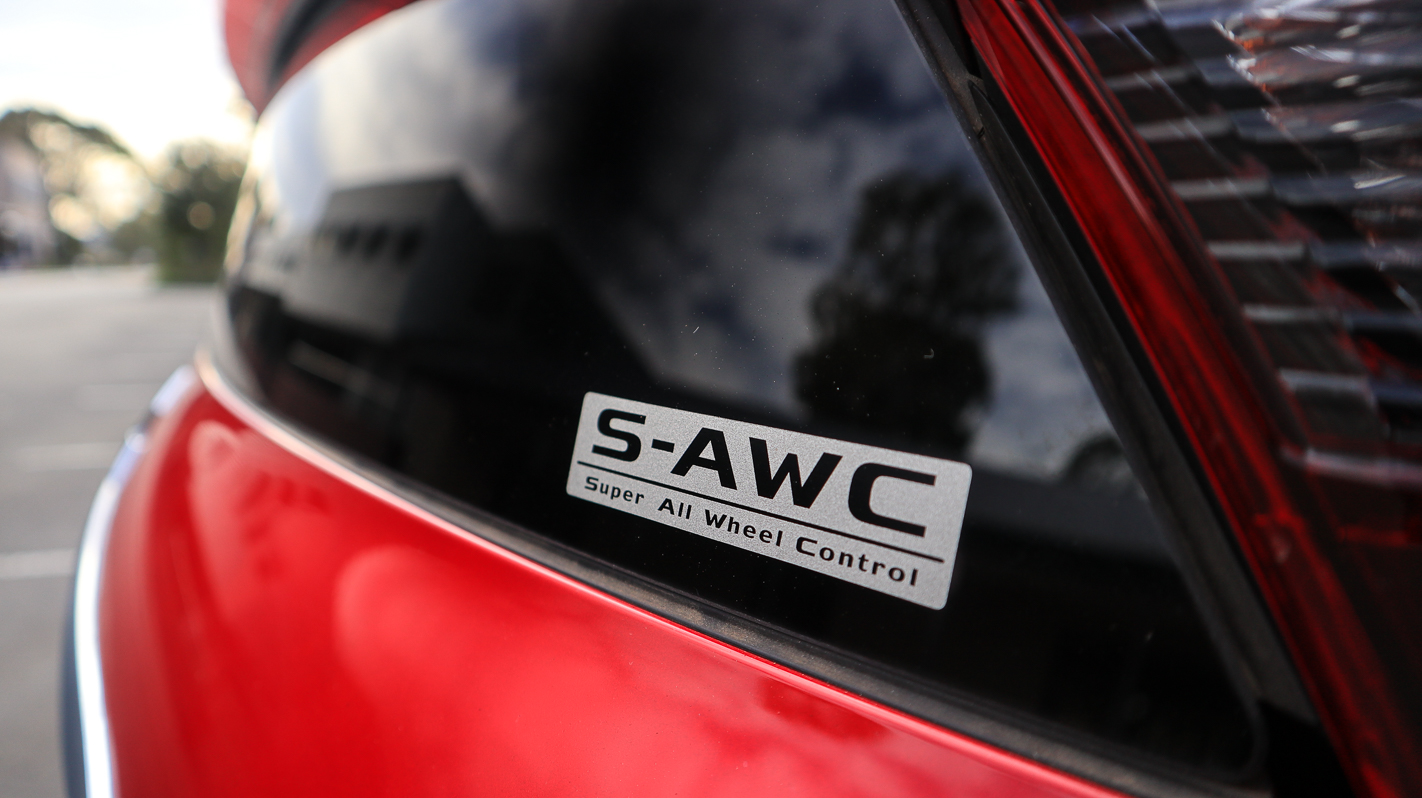
LED headlight also help the safety quotient, but in use the automatic high-beam system doesn’t work very well at all, failing to dim in time to stop dazzling oncoming drivers.
Warranty and running costs
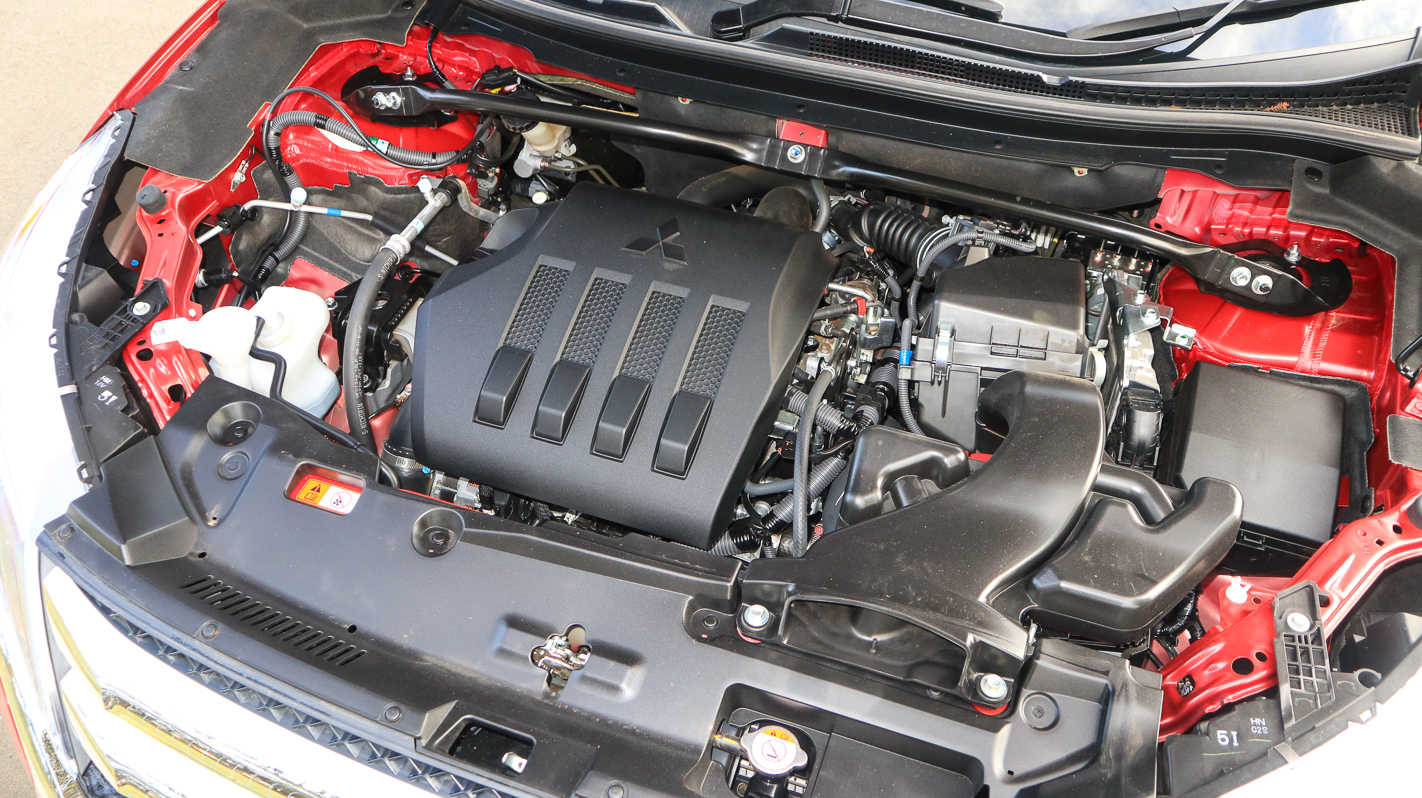
Mitsubishi now offers a five-year warranty across the board though it limits kilometres to 100,000km.
Fixed price servicing is offered for the first three years, and costs a total of $725 ($240 for the first two and $245 for the third). Service intervals are set at 15,000km or 12 months.
The 1555kg Eclipse Cross Exceed runs a 60-litre fuel tank that can swallow 91 octane petrol, and Mitsubishi claims a combined fuel economy figure of 7.7 litres per 100km.
Over a 430km test cycle, we got pretty close to that, returning a real-world 7.9L/100km. It will cost a little over $100 a tank to fill.
Comfort

Aside from the headroom issue mentioned further back, the Eclipse Cross is pretty comfortable. There is sufficient oddment storage, the centre bin is well sized and there are cupholders and bottle holders a-plenty.
The multimedia system is small but straightforward, though the touchpad down by the electronic handbrake is a bit superfluous – I only used it once in the week I had the car. As well, the all-wheel-drive mode does a great job of disguising itself as a start button. Don’t ask how I know that.
Visibility around the car is good, and there’s a 360-degree camera to assist, as well.
The seats are well proportioned, too, which is a nice touch in a small SUV. Lack of rear vents is a bit of a bummer, though.
On the road
All of Mitsubishi’s small and medium SUVs ride on the same ageing underpinnings, but the Eclipse Cross has had the most work done to it in terms of localising the ride and handling.
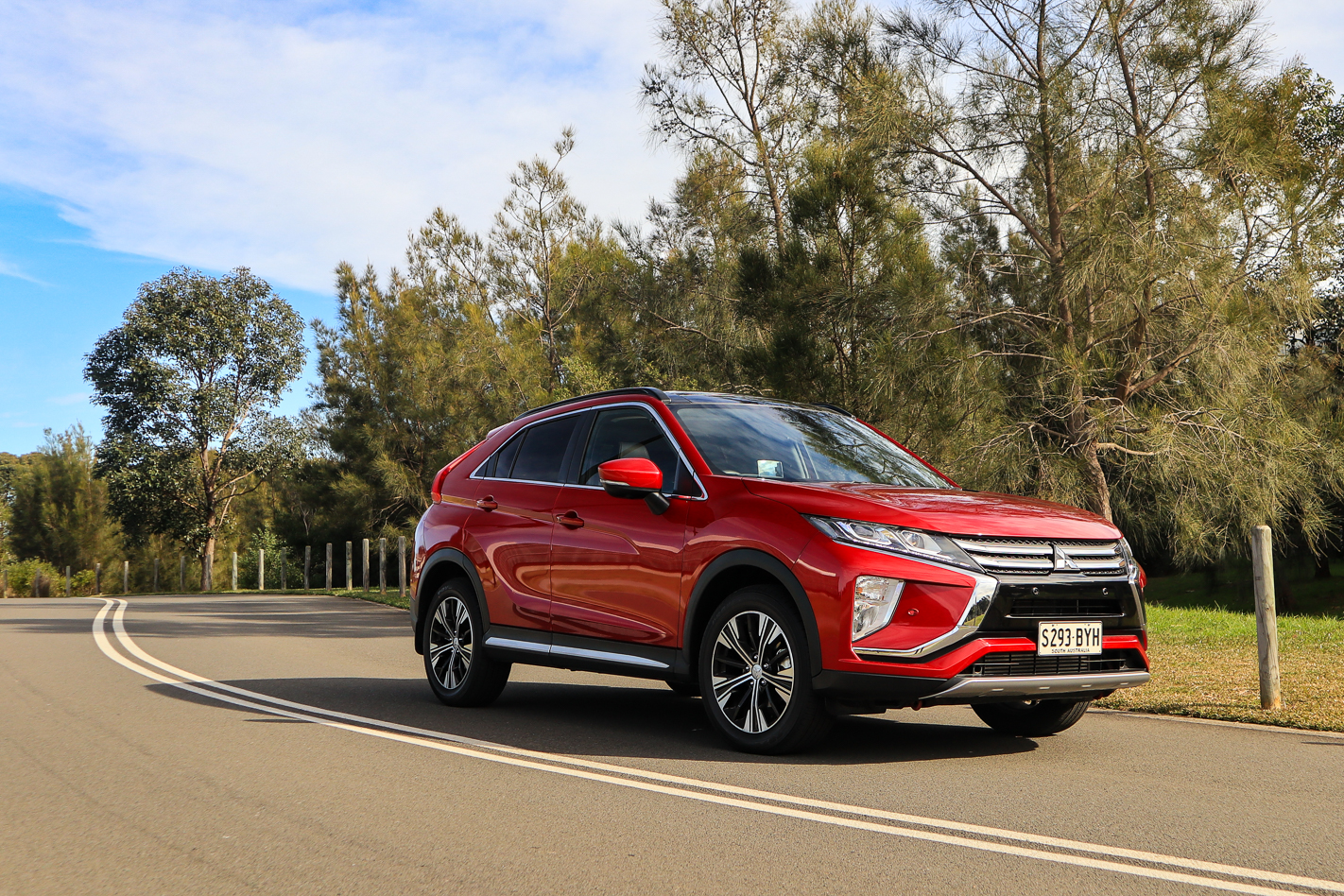
The 1.5-litre turbocharged engine is a sweet little unit, with the same 110kW as the ASX’s 2.0-litre naturally aspirated version but more than 50Nm more torque. The CVT gearbox is impressively refined, too, feeling and behaving more like a traditional auto under a light right foot.
It can get noisy when asked to deliver more, but it’s convincing nonetheless.
The Eclipse Cross is predominantly front-wheel-drive biased until traction becomes an issue, and it can be coaxed along a moderately loose surface. However, tyre grip and ground clearance will, as always, be the limiting feature of such sojourns.
The suspension tune leans heavily towards soft, which works well at suburban speeds. It could be better with more roll control, especially across the back axle, but for pootling around town, it’s soft and absorbent.
The trade-off comes at higher speeds on rougher surfaces, though, where the Eclipse Cross can lose its composure. At highway pace it copes well, but throw mid-corner back-road bumps and sharp-edged hits in there, and the softer bushings and underdamped shocks let you know pretty quickly.
Noise intrusion is pretty subdued, which is good for the highway run.
All of the driver aid systems work well (aside from the auto high beams), and the heads-up display is terrific, with great clarity and the right amount of information.
Verdict
Mitsubishi is a car company that sells ASXs by the tonne because it’s a cheap, spacious and reliable compact SUV – and it currently outsells the Eclipse Cross by about three to one.
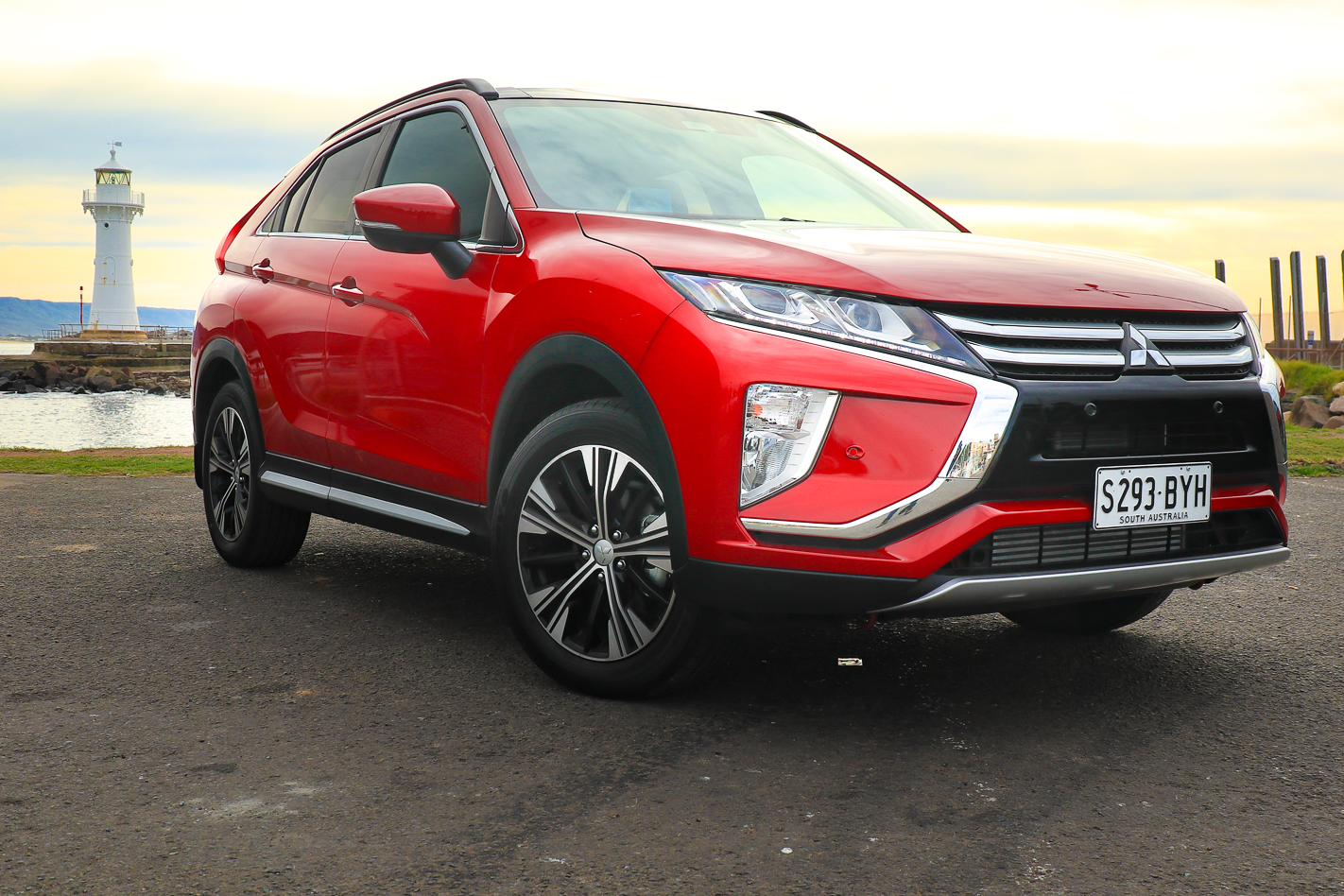
To be honest, though, I thought that equation would be worse, which tells me that there is a market for a more luxurious, better equipped but still affordable small Mitsubishi SUV.
For mine, I don’t think the Eclipse Cross goes far enough in trying to keep a gap between the ASX and itself, though. It’s a little bit better here and there, but I’m still waiting for that awesome concept car look that the company keeps promising and not delivering.
Overall, though, the Eclipse Cross gets a pass for being more comfortable and better equipped, and the 1.5-litre turbocharged engine is worth the upgrade cost by itself.



